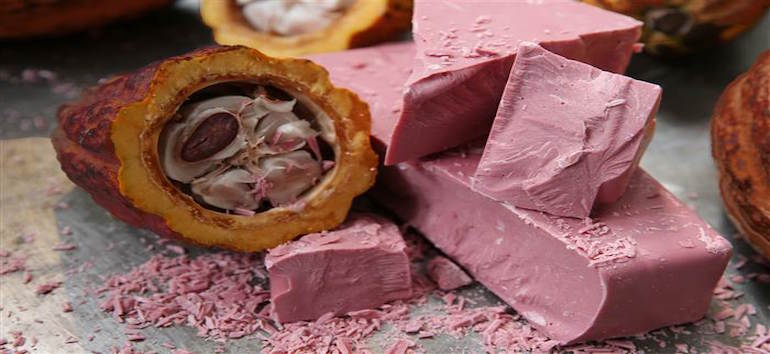Sign up for the Family Tree Newsletter Plus, you’ll receive our 10 Essential Genealogy Research Forms PDF as a special thank you!
Get Your Free Genealogy Forms
"*" indicates required fields
Dark chocolate has been around since 1900 B.C., when the Aztecs began making fermented beverages from the cocoa bean. This drink was frothy and bitter, and sometimes included spices or corn puree as well. It wasn’t until 2700 years later that milk chocolate was invented, when Europeans brought cocoa beans back from the Americas and added sugar – making the treat quickly become popular throughout society. After this, chocolate actually became so popular that it was considered an essential in the rations of United States soldiers at war. Last on the list of chocolate varieties was white chocolate, which was created in the 1930’s. and debuted by Nestle. Surprising to most, white chocolate is actually a chocolate derivative, since it contains no cocoa solids.
Now, after almost 90 years, there’s a fourth chocolate variety to add to the list – and it’s pink!
Scientists have been working for over 10 years to develop this new variety of chocolate, which comes from the ruby cocoa bean. The Ruby bean grows in countries like Ecuador, Brazil and the Ivory Coast. Other companies have created red cocoa powder in recent years, but as Barry Callebaut notes, this is the first time “natural reddish chocolate” has been produced. Not only does this chocolate look completely different, but it also has a unique, fruity taste.
“The fourth type [of] chocolate offers a totally new taste experience, which is not bitter, milky or sweet, but a tension between berry fruitiness and luscious smoothness,” the company said in a news release. “To create Ruby chocolate, no berries or berry flavor, nor color, is added.”
Unlike white chocolate, ruby chocolate is “real chocolate”, not a derivative. It also contains no additives.
There is hope that the new variety may boost sales in the struggling chocolate market. As Hershey cuts 15 percent of its staff and Nestle tries to sell its U.S. chocolate business, ruby chocolate raises of increased chocolate sales for Valentine’s Day and Easter.
If you’d love to learn more about the history of chocolate, be sure to check out our History Matters: Hot for Chocolate article.
ADVERTISEMENT





